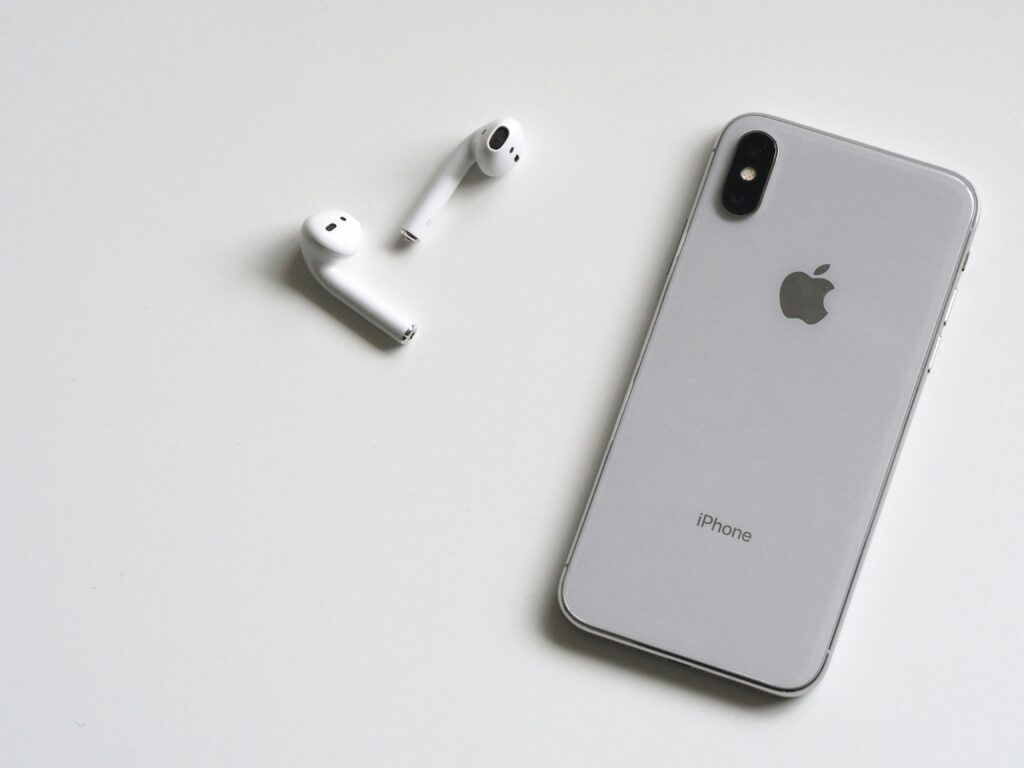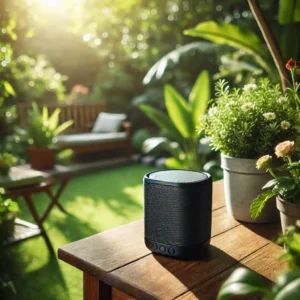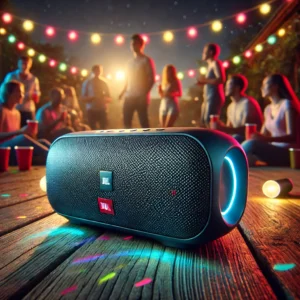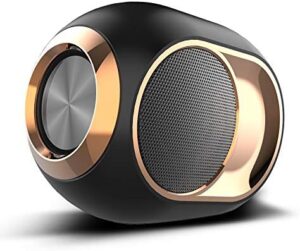Top Features to Consider When Choosing a Smartphone Camera
Looking for the best smartphone camera? Discover the top features to consider, including megapixels, low-light performance, AI capabilities, and lens options for capturing perfect photos and videos.
Top Features to Consider When Choosing a Smartphone Camera
Smartphone cameras have evolved rapidly, offering nearly professional-grade photography in a compact device. If you’re considering a new smartphone for its camera, it’s crucial to know the features to consider when choosing a smartphone camera that can make a difference in image quality and user experience.
1. Megapixels and Resolution
While megapixels alone don’t determine photo quality, they play a significant role in image resolution. Higher megapixels allow for larger prints and more detailed photos, but factors like sensor size and lens quality also impact clarity. Aim for at least 12-48 megapixels for versatile, clear photography.

2. Low-Light Performance and Night Mode
One of the most sought-after features is low-light capability. A camera with a wide aperture (e.g., f/1.8 or lower) lets in more light, improving night photography. Some cameras also have dedicated night modes that use AI to brighten and sharpen photos taken in the dark.
3. Multi-Lens Setup
Phones today often feature multiple lenses, such as wide-angle, ultra-wide, and telephoto. This multi-lens setup offers flexibility, letting you capture landscapes, close-ups, and even macro shots with one device. When choosing a smartphone camera, look for ultra-wide and telephoto lenses for maximum versatility.
4. Optical Image Stabilization (OIS)
OIS is crucial for reducing motion blur caused by hand movements, especially in low light. By stabilizing the lens, optical image stabilization helps to deliver clearer, sharper photos and smoother video recording.
5. Zoom Quality: Optical vs. Digital
Zoom capability can make a big difference in photo quality, especially for distant subjects. Optical zoom maintains image quality by adjusting the lens, while digital zoom simply crops the image, leading to loss of quality. Look for smartphones with at least 2x or 3x optical zoom for the best results.

6. Artificial Intelligence (AI) Enhancements
AI is revolutionizing smartphone photography. With AI enhancements, your camera can detect scenes, adjust settings, and even improve images in real-time. Many high-end smartphones now offer AI-based features like scene recognition and auto-adjustments for optimal lighting and color balance.
7. High Dynamic Range (HDR)
HDR is essential for capturing well-balanced photos in high-contrast situations, such as bright skies or backlit scenes. It combines multiple exposures into one photo, resulting in a more balanced image. For the best results, choose a camera with an automatic HDR mode.
8. Video Capabilities and Stabilization
If you record videos frequently, look for high-resolution video capabilities, such as 4K or even 8K, along with frame rates like 60fps or 120fps for smooth, high-quality videos. Electronic Image Stabilization (EIS) or OIS are essential for reducing shake during video recording, especially if you’re filming while moving.
9. Portrait Mode and Depth Sensors
Portrait mode, often enhanced by AI, creates a bokeh effect, blurring the background while keeping the subject in focus. Depth sensors or dual lenses can enhance this effect, making it look more natural and adding a professional touch to portraits and close-up shots.
10. Front Camera Quality for Selfies

Selfie quality is essential for many users, and a high-quality front camera is a must. Look for features like wide-angle selfies, portrait mode on the front camera, and a high megapixel count (at least 8-12 MP) to ensure quality selfies even in low light.
11. Battery Life and Heat Management
High-performance cameras can quickly drain your phone’s battery, especially with intensive features like 4K video or night mode. Ensure your smartphone has good battery capacity and efficient heat management to avoid interruptions when capturing special moments.
Conclusion
When selecting a new smartphone camera, it’s essential to consider a range of features beyond just megapixels. By focusing on the features to consider when choosing a smartphone camera—like OIS, AI capabilities, multiple lenses, and zoom quality—you can ensure your device meets your photography needs. With the right smartphone, capturing stunning photos and videos becomes effortless, allowing you to preserve life’s moments in remarkable detail.







Post Comment